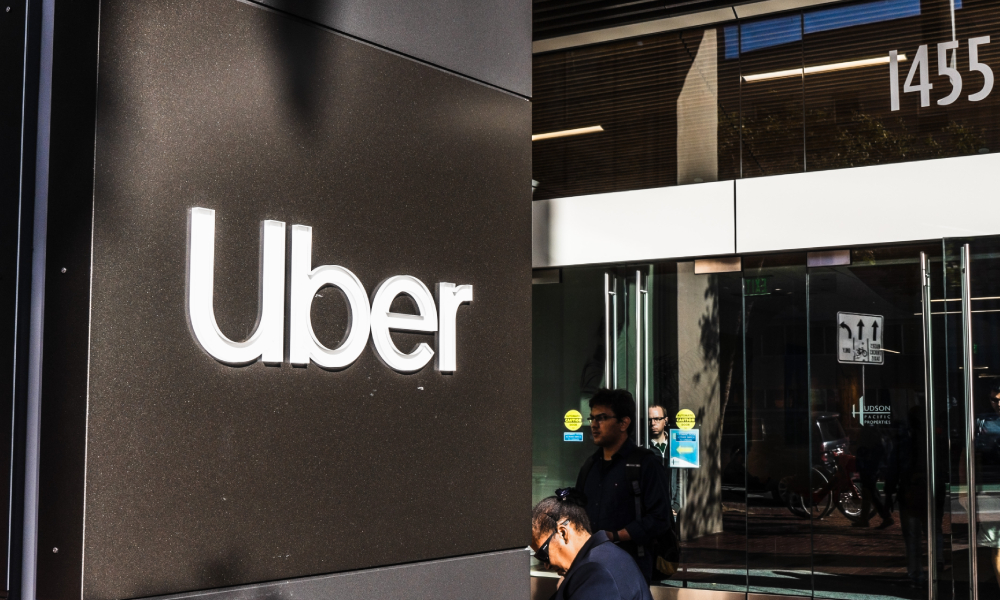
‘At Uber, we've got a real interest in team collaboration’

Looking back on the past few months, it’s difficult to believe how much has changed. The global COVID-19 pandemic acted as a catalyst for disruption, pushing organizations to find new ways to work. Throughout the chaos, employers relied heavily on data and analytics to monitor everything from employee morale, to productivity, to mental wellbeing.
HRD recently spoke to Nicholas Bremner, senior people data scientist at Uber, who revealed how data helped leaders manage uncertainty and find solutions during the pandemic.
“I have a background in organizational psychology, which informs my approach to collecting and analysing employee data,” Bremner told HRD. “My particular focus for the last year or so has been on designing and supporting the launch of our continuous listening program. Its primary objective is to support employees and help leaders make better business decisions by surfacing insights more frequently. Beyond evolving our listening strategy, COVID-19 has shifted the kinds of questions we ask employees at Uber. As an example, we’ve started measuring issues like burnout and wellbeing. We have also continued to look at more traditionally measured attitudes such as employee engagement, intention to stay, and characteristics of the working environment.
Read more: CEO fired over alleged racism against Uber driver
“At Uber, we've got a real interest in team collaboration. With the advent of remote work, understanding how our employees collaborate became even more important. It raised questions around the best ways to come together virtually. How are teams collaborating? Are they collaborating effectively or experiencing new pain points? How does that vary based on the job profile of the individual? And how does it vary based on how “interdependent” employees are – meaning how much someone needs to collaborate with others on a day-to-day basis? We’re asking new questions like these in order to understand who's thriving from a remote work standpoint and who isn’t.”
At Uber, Bremner and the People Analytics team are responsible for the data of around 18,000 employees, which he and a team of data scientists and analysts analyse to make sure employees are supported and their data privacy is protected. Helping employees remain satisfied and productive has always been a priority, and when COVID-19 hit, Uber was quick to roll out company-wide surveys to help understand how individuals were feeling and where they needed support.
“One of the main highlights from our COVID-19 survey was a call for a more flexible approach to work,” Bremner told HRD. “In response, Uber launched an enhanced flexibility policy that afforded employees with greater flexibility to skip non-essential meetings (and catch up after) and redistribute their work hours as needed. It was all about trying to encourage that asynchronous workplace culture. We found this flexibility to be particularly important for parents and caregivers, who were more likely to struggle with wellbeing, productivity and sustainability during the pandemic.”
Read more: Royal baby sparks debate on parental leave
While Uber’s mobility arm may have slowed down during the pandemic, Uber Eats took off. With lockdowns in place and restaurants closed for sit-down meals, people began ordering takeaways and fast food with abundance.
“Our rides business was down during the pandemic because people weren’t moving around - but they certainly needed food,” Bremner continued. “Rides declined but Eats took off, which kind of filled that gap. Through it all, our workforce was incredibly flexible. We had people from across the organization, including our talent acquisition team, helping onboard new restaurants to meet the rapidly rising demand. People took on completely different roles temporarily, to help flex for the demand we were facing. It really felt like a collective effort and highlighted just how scrappy and agile our workforce continues to be - which is exactly what Uber’s known for.”